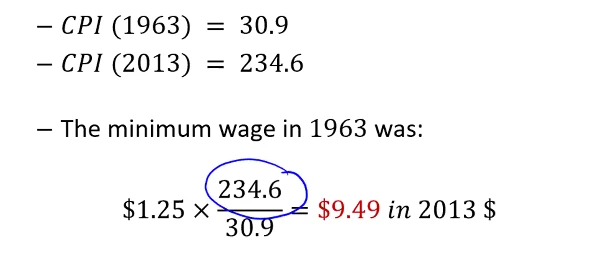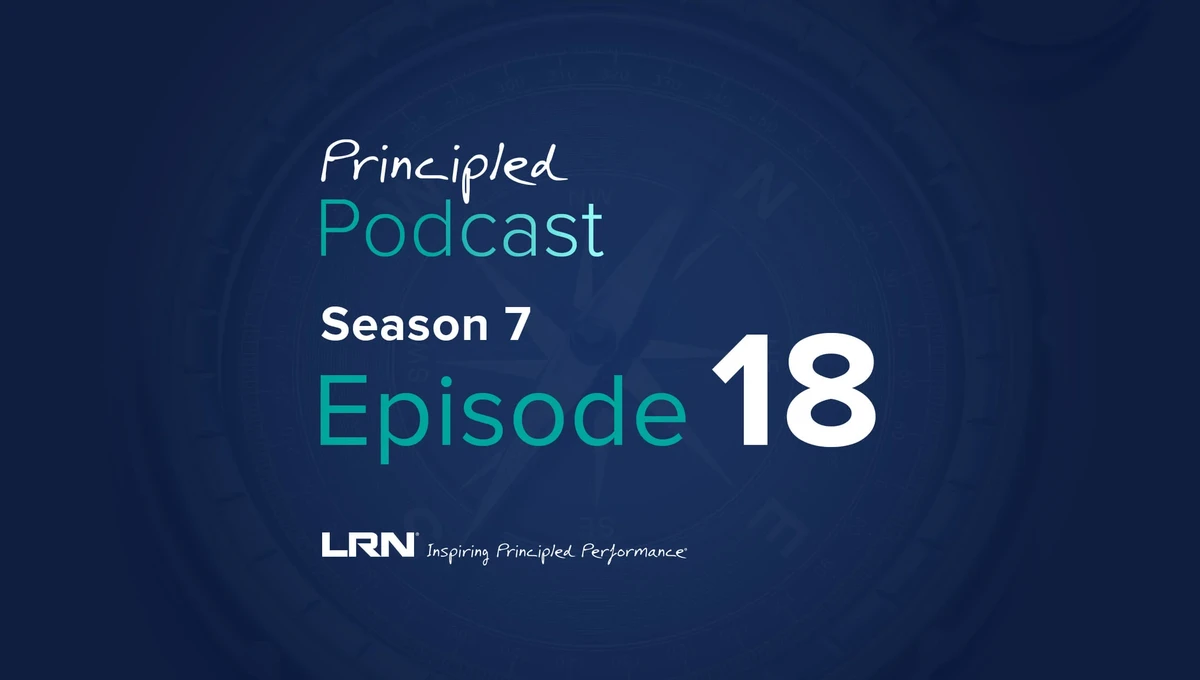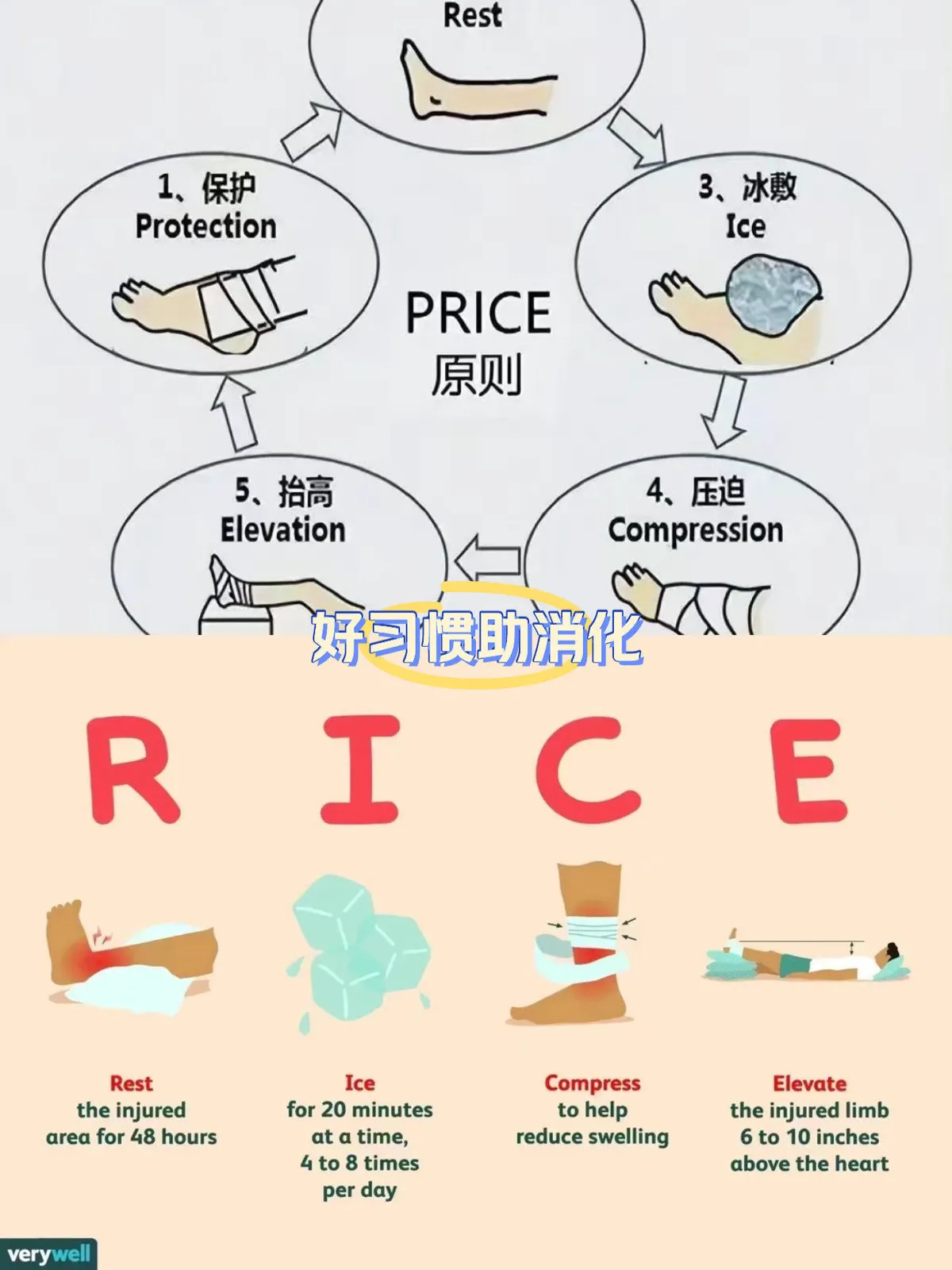


==============================
Price impact is one of the most important concepts in modern trading and investing. Whether you are executing a large institutional order, scalping futures contracts, or trading crypto assets, understanding how to calculate price impact helps you reduce costs, improve execution quality, and design better trading strategies. In this guide, we will explore the different methods of calculating price impact, analyze their pros and cons, and provide practical insights for both professionals and beginners.
What is Price Impact?
Price impact refers to the change in market price caused by executing a trade. When an order is placed—especially a large one—it interacts with the order book, consuming available liquidity and moving the price in the direction of the trade. For example:
- A large buy order may push the price upward, as it consumes sell-side liquidity.
- A large sell order may push the price downward, as it consumes buy-side liquidity.
In practice, price impact is a hidden cost of trading, often larger than explicit fees like commissions. Understanding it is critical for risk management, algorithmic execution, and portfolio optimization.
Why Does Price Impact Matter?
Before diving into calculations, let’s briefly highlight why price impact is critical:
- Hidden Costs: Traders may underestimate how much slippage (difference between expected and executed price) erodes profitability.
- Execution Strategy Design: Professional traders use algorithms like TWAP, VWAP, and POV to reduce impact.
- Market Liquidity Insights: Price impact reveals the depth and efficiency of a market.
👉 For a deeper dive, see our internal guide: How does price impact trading?
Core Methods to Calculate Price Impact
There are multiple approaches depending on whether you are analyzing theoretical models, historical execution data, or real-time order book depth. Here we cover two of the most widely used methods:
1. Order Book Method (Liquidity-Based Price Impact)
This method uses the current order book to calculate how much the market price would move if a trade of a given size is executed.
Steps:
- Gather Market Depth Data: Access bid and ask levels with quantities.
- Simulate Execution: Assume your order sweeps through the book until filled.
- Calculate Weighted Average Execution Price (WAP):
WAP=∑(Pricei×Quantityi)Total QuantityWAP = \frac{\sum (Price_i \times Quantity_i)}{\text{Total Quantity}}WAP=Total Quantity∑(Pricei×Quantityi)
- Measure Price Impact:
Price Impact=WAP−MidPriceMidPricePrice \ Impact = \frac{WAP - MidPrice}{MidPrice}Price Impact=MidPriceWAP−MidPrice
where MidPrice = (Best Bid + Best Ask) / 2.
Example:
- MidPrice = $100
- Large buy order sweeps the book, execution WAP = $101.2
- Price Impact = (101.2 – 100) / 100 = 1.2%
Pros:
- Precise, real-time, based on market depth.
- Useful for algorithmic traders and HFT firms.
Cons:
- Requires detailed Level 2 order book data.
- Results vary significantly depending on market liquidity conditions.
2. Market Impact Cost Models (Statistical / Historical Method)
Instead of order book snapshots, this method uses historical trade and volume data to estimate how price changes with order size.
Formula (Kyle’s Lambda Approximation):
ΔP=λ×Q\Delta P = \lambda \times QΔP=λ×Q
- ΔP = Expected price change
- Q = Order size (signed, + for buy, - for sell)
- λ (Kyle’s Lambda) = Market impact coefficient, estimated from regression of price changes vs. signed trade volume.
Example:
- Regression shows λ = 0.0005
- Order size Q = 20,000 units
- Expected ΔP = 0.0005 × 20,000 = 10 units price change
Pros:
- Captures long-term statistical impact, not just order book snapshots.
- Useful for institutional execution cost analysis.
Cons:
- Requires large historical datasets.
- Less precise for real-time order execution planning.
Comparing the Two Methods
| Method | Data Needed | Best For | Strength | Weakness |
|---|---|---|---|---|
| Order Book Method | Level 2 order book | Day traders, HFT | Real-time precision | Sensitive to current liquidity |
| Market Impact Models | Trade & volume history | Institutional traders | Captures average costs | Not real-time |
👉 Professionals often combine both methods: order book analysis for immediate execution, and market impact models for strategy design.
Advanced Considerations in Price Impact
Nonlinear Impact
Price impact is rarely linear. Small trades may have minimal effect, but very large trades can create disproportionate market movements.
Futures & Derivatives
For futures markets, price impact may differ due to margining, leverage, and contract liquidity. To learn more, check: Why is price impact important in futures?.
Crypto Markets
Crypto markets often have fragmented liquidity across exchanges, so price impact may be exchange-specific.
Practical Example: Calculating Price Impact in Crypto Trading
Let’s assume you want to buy $500,000 worth of BTC on an exchange:
Check Order Book Depth: Best ask prices show enough liquidity only up to $350,000 without moving the price.
Simulate Execution: To fill the full $500,000, you need to buy into higher ask levels, raising average execution price.
Calculate WAP & Price Impact:
- MidPrice = $27,000
- WAP = $27,300
- Price Impact = (27,300 – 27,000) / 27,000 = 1.11%
- MidPrice = $27,000
A 1.11% cost on \(500,000 = **\)5,550 hidden cost**.
Visual Example
Here’s a simplified visualization of how price impact occurs:
Order book depth showing how a large buy order consumes liquidity and moves the price upward.
Strategies to Manage Price Impact
- Trade Slicing: Break large orders into smaller parts (TWAP, VWAP strategies).
- Dark Pools / Block Trades: Execute outside the public order book to reduce visible impact.
- Liquidity Seeking Algorithms: Smart order routing across multiple venues.
- Passive Orders: Place limit orders instead of aggressive market orders.
FAQ: How to Calculate Price Impact?
1. What is the simplest way to calculate price impact?
The simplest way is to compare the average execution price of your order vs. the midprice before execution. This gives a percentage impact relative to the market’s midpoint.
2. How do institutional traders calculate price impact?
Institutions use statistical models (like Kyle’s Lambda or square-root impact functions) combined with real-time order book analysis. They also monitor implementation shortfall (the difference between decision price and execution price) as a benchmark.
3. How can retail traders reduce price impact?
Retail traders should:
- Avoid placing market orders in illiquid markets.
- Use limit orders near the best bid/ask.
- Monitor order book depth before executing large trades.
- Consider splitting trades into smaller parts to reduce slippage.
Conclusion
Understanding how to calculate price impact is essential for traders at all levels. The Order Book Method gives real-time precision, while Market Impact Models provide statistical insights for larger strategies. Combining both approaches allows traders to balance execution quality and cost efficiency.
Price impact is not just a mathematical formula—it’s a practical challenge in trading that affects profitability, liquidity, and risk management.
If you found this guide useful, share it with fellow traders or comment below with your experiences. Let’s build a community where we exchange insights on mastering execution strategies.
Would you like me to also create a ready-to-publish SEO meta description (150–160 characters) and 5 suggested social share snippets for this article? That would make it more effective for your site.